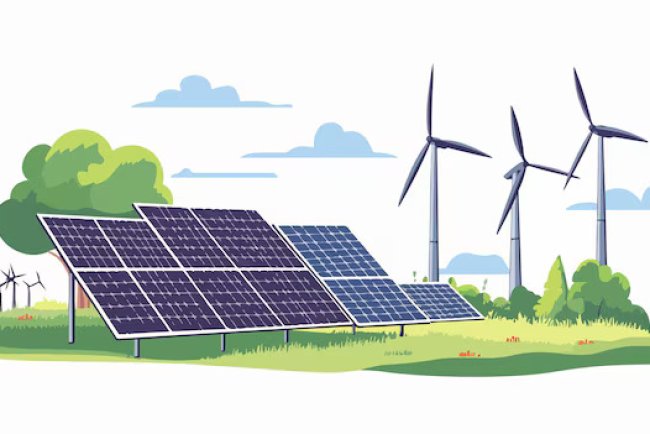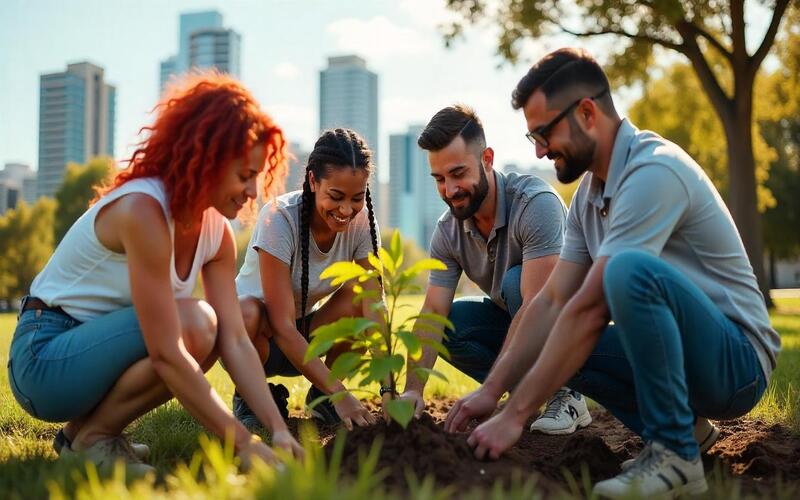Amazon Degradation Surges Despite Deforestation Drop
Forest degradation in the Brazilian Amazon has surged by 163% since 2022, mainly due to fires and drought, while deforestation has declined. The rise in degradation threatens Brazil's climate goals ahead of COP30 and calls for urgent policy action.

While Brazil also recorded a significant drop in Amazon deforestation in 2022-2024, forest degradation grew by 163% in the same years, much of it being driven by extensive fires. Deforestation's expansion is threatening national and global climate targets despite there being an effort to safeguard the biome before the United Nations Climate Change Conference (COP30) that is scheduled to happen in November in Belém, Brazil.
Degradation of forest is 44% higher between 2023 and 2024 and 163% higher than in 2022 levels. 25,023 square kilometres of Amazon forest were degraded in 2024 alone, just a little more than the country of Israel. Forest fires accounted for about 66% of that degradation. At the same time, forest cutting also slowed to 5,816 square kilometers cut, down 54.2% from 2022, the smallest increase in a decade.
This study was carried out by the National Institute for Space Research of Brazil (INPE) and the University of São Paulo (USP), in collaboration with universities from the United Kingdom and the United States. It points to the reality that whereas deforestation eliminates forest cover entirely, degradation degrades the ecosystem without eliminating forest cover entirely. Forest degradation is caused by selective logging, fire, and "edge effect" due to fragmentation.
Degradation is more difficult to track because the forest canopy remains visually healthy, and therefore more challenging to detect through regular satellite imagery. However, INPE's use of cutting-edge satellite monitoring technology now permits it to identify such alteration with greater precision. The Brazilian Amazon experienced severe drought from 2023 to 2024, which added to the increase in fire-driven degradation. Rainfall decreased by 50 to 100 millimetres a month, temperatures increased by over 3°C, and the wet season came late, with rivers running at record-low levels. They were accountable for 140,328 fire hotspots—the largest yearly total since 2007.
The research highlights that such degradation also destroys the Amazon's capacity for supplying crucial ecosystem services such as carbon sequestration and water cycle regulation. Although it does not eliminate all the trees, it also leads to substantial carbon emissions. Degraded forests released 50 to 200 million tons of CO₂ each year, the researchers discovered, a quantity equivalent to 60–210 million tons of deforestation emissions in the same time frame.
All these findings indicate that Brazil's effort to reduce deforestation needs to be supplemented by measures that aim to restore degradation in an attempt to achieve climate targets. The nation was the first to submit a revised Nationally Determined Contribution (NDC) to the Paris Agreement, which saw it aiming to cut net greenhouse emissions by 59%-67% by 2035, compared to 2005 levels.
The authors recommend enhanced fire management and enhanced restoration and reforestation. The authors further suggest that forest conservation activities should be linked to carbon credit markets so as to offer economic incentives for sustainable land use by local communities, landowners, and businesses. A further critical recommendation is setting up responsibility mechanisms that penalize illegal activities that are responsible for forest degradation.
More generally, the report acknowledges a need for more robust national policy that not only reduces deforestation but prevents and reverses forest degradation. Both those processes need monitoring and reporting through Brazil's National Greenhouse Gas Inventories, scientists argue. The move is necessary to allow Brazil to uphold its credibility in global climate leadership and stay true to its international obligations.
Amazon loss is also a direct threat to long-term ecological resilience and loss of biodiversity. Fire- and fragment-disrupted forests have lower resistance to climate stress and higher susceptibility to further degradation. Eroding forest integrity over time can create a tipping point after which reversibility is not feasible, and climate crisis is compounded further.
While new satellite technology has enabled more precise detection of degradation, policies to adequately respond to it are not yet in place. Rules need to be enforced with greater severity, sustainable use encouraged, and data openness guaranteed to be part of an integrated response.
Brazil's position in the world climate regime is placed in the spotlight as it prepares to host COP30. There has been emphasis by experts that visible leadership in both combating deforestation and degradation is important not only for the Amazon, but also for climate resilience worldwide. Safeguarding the Amazon biome is not only about reducing sheer forest loss, but also the long-term integrity of forests that do not lose their forest cover.
Source and Credit:
Based on the original article by Luciana Constantino, published by FAPESP, edited by Stephanie Baum, and reviewed by Andrew Zinin.
Journal Reference: Global Change Biology (2025), DOI: 10.1111/gcb.70209.
Image Credit: Vinícius Mendonça / IBAMA.
What's Your Reaction?

















